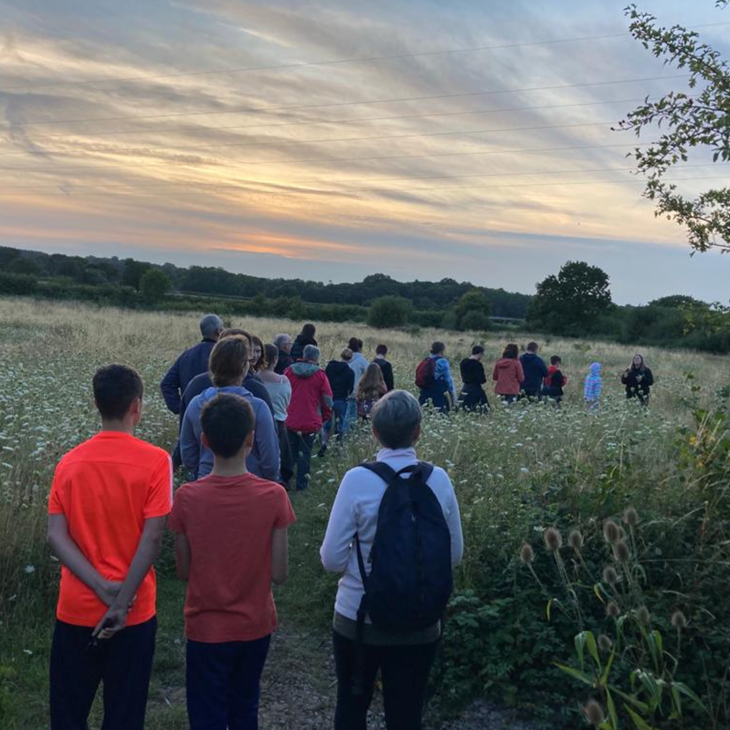As part of our ongoing mission to conserve and boost the resilience of native species and their habitats, Wild Ground actively manages a number of sites with a particular focus on creating and maintaining suitable environments for bats.

These remarkable creatures play a vital role in ecosystem health, acting as natural pest controllers and contributing to biodiversity.
During the active flight period, typically from April to October, we conduct detailed surveys to better understand the bat populations in specific areas. These surveys help us identify the species present, estimate population sizes, and assess how bats interact with their surroundings. By learning which habitats and features are most valuable to bats, we can make informed conservation decisions to enhance their living spaces.
Our surveys include emergence counts at dawn and dusk, where we carefully watch for bats leaving or returning to their roosts. We also carry out roost inspections, always under licence, as all UK bat species and their roosts are legally protected. This ensures that any monitoring or habitat work we do is safe for the bats and compliant with wildlife legislation.
Some of the species we regularly encounter include common and soprano pipistrelles, brown long-eared bats, noctule bats, Daubenton’s bats, and lesser horseshoe bats. Each species has its own unique characteristics and habitat preferences — for example, Daubenton’s bats often hunt over water, using their feet to scoop up insects, while pipistrelles are more commonly seen flitting around woodland edges and gardens.
As spring approaches and temperatures rise, bats begin to emerge from hibernation. They become more active and start feeding intensively as insect populations increase. This is a crucial time for breeding females, who give birth to a single pup in June. The newborns are completely dependent on their mothers for around six weeks, nursing and learning to fly and hunt before becoming independent.
To support bats throughout the year, we maintain diverse habitats rich in insect life and install bat boxes to provide additional roosting sites. Preserving old trees, maintaining hedgerows, and managing wildflower meadows are just a few of the ways we create bat-friendly landscapes.
Fascinating Bat Facts:
- Bats are more closely related to humans than they are to mice.
- All UK bats are insectivorous, and a single adult pipistrelle can devour up to 3,000 insects in one night!
- The UK’s rarest bat, the greater mouse-eared bat, was thought to be extinct until two individuals were discovered at separate sites in Sussex and Kent this January — a small but hopeful sign for conservation efforts.
Understanding and protecting bats is an essential part of preserving our natural world. Their presence is a sign of a healthy, balanced ecosystem, and thanks to the hard work of conservation teams and volunteers, we can ensure these extraordinary mammals continue to thrive for generations to come.
